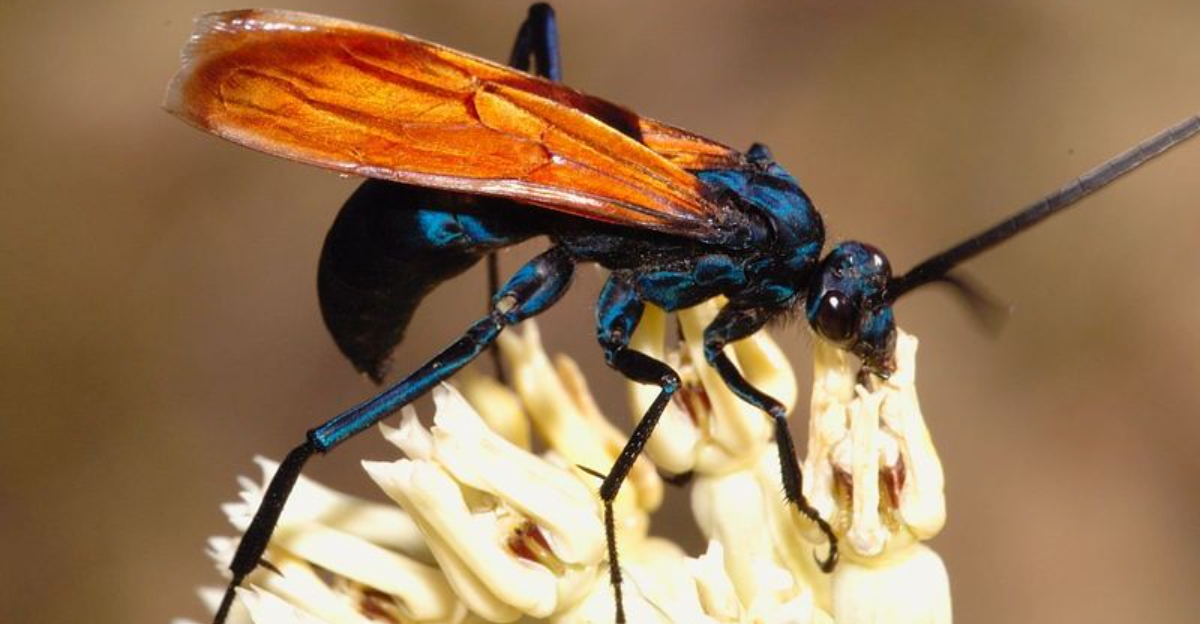America is home to a wide array of insects, many of which play essential roles in our ecosystem. However, some of these insects are not just fascinating but also potentially dangerous to humans.
Explore such insects that pose risks due to their venom, bites, or other hazardous characteristics, alongside where they are commonly found.
Understanding these insects not only sparks curiosity but also helps in taking necessary precautions in their habitats.
1. Brown Recluse Spider
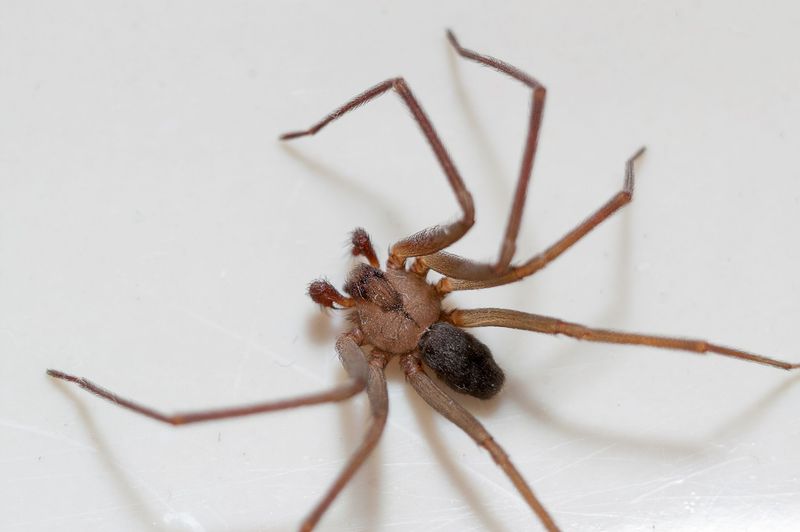
The Brown Recluse Spider is a venomous spider found predominantly in the Midwestern and Southern United States. Recognizable by the violin-shaped marking on its back, this spider is both reclusive and dangerous.
A bite from a Brown Recluse Spider can result in severe skin necrosis. The venom contains enzymes that break down tissue, leading to open sores and potentially serious infections.
While bites are usually not fatal, they require medical attention. These spiders prefer dark, undisturbed places like closets, basements, and attics. It’s essential to be cautious when reaching into such areas.
Wearing gloves can reduce the risk of encounters. Understanding the habitat and behavior of the Brown Recluse is crucial for avoiding bites. Regular home inspections and reducing clutter can help keep these spiders at bay.
2. Black Widow Spider
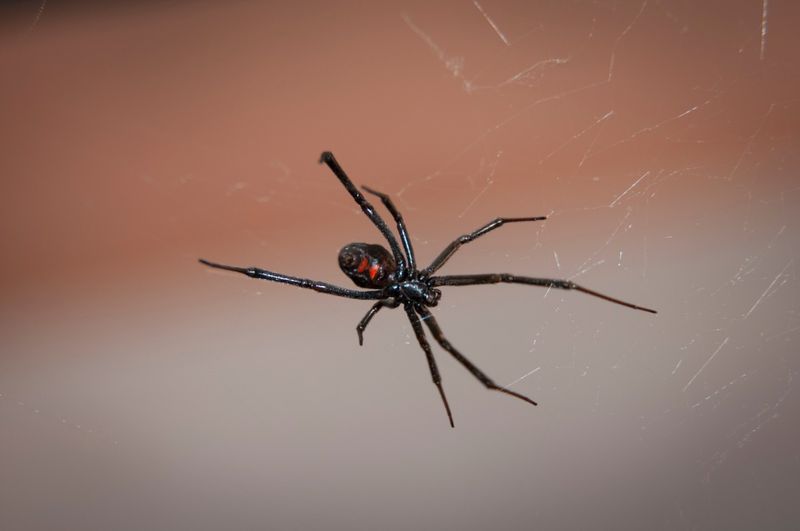
Infamous for its potent venom and distinctive black body with a red hourglass marking, the Black Widow Spider is found across the Southeastern United States. This spider prefers secluded, dark environments.
A bite from a Black Widow can cause severe pain, muscle cramps, and in rare cases, death. Symptoms usually escalate within a few hours, necessitating prompt medical intervention.
Even though they are incredibly perilous, some people opt to keep them as pets, despite being classified as some of the most dangerous animals to be around.
These spiders spin irregular webs in sheltered locations like garages and woodpiles. Being aware of their presence is vital for safety, especially during warmer months when they are more active.
Preventive measures include wearing gloves when handling firewood or gardening and sealing entry points to homes to keep these spiders out.
3. Kissing Bug
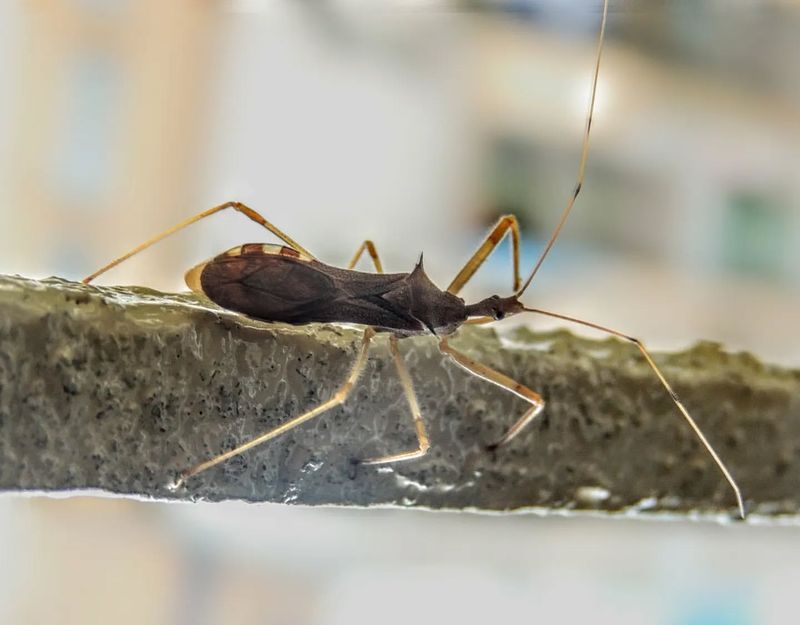
Kissing Bugs, or Triatomine Bugs, are known for transmitting Chagas disease. Found mainly in the Southwestern United States, these insects feed on blood, often biting humans near the mouth or eyes at night.
The bite itself is painless, but the bug can defecate near the wound, allowing parasites to enter the body. Chagas disease can lead to serious heart and digestive issues if untreated.
Kissing Bugs thrive in cracks and crevices in and around homes, where pets and human hosts are present. Keeping living areas clean and using insect screens can minimize the risk of infestation.
Awareness and prompt action are crucial if a Kissing Bug is spotted. Testing for Chagas disease is recommended if bitten, to ensure a swift response to potential infection.
4. Tarantula Hawk Wasp
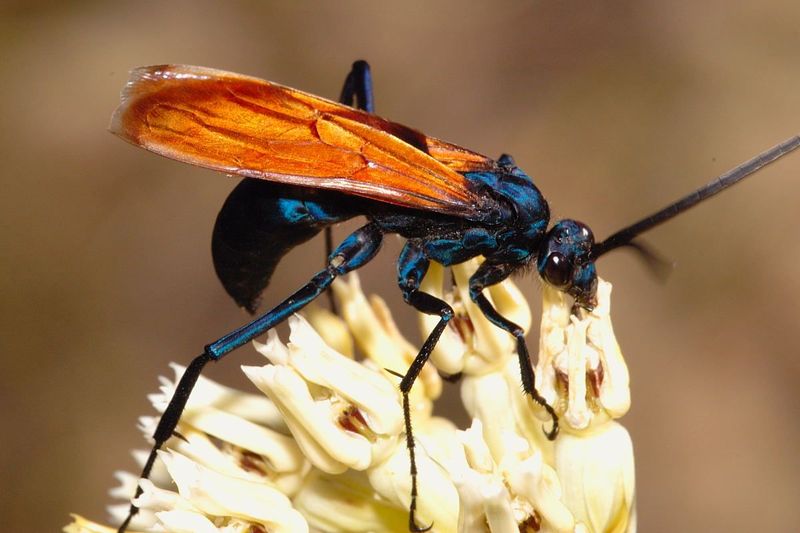
The Tarantula Hawk Wasp is renowned for its striking appearance and painful sting. Found mainly in the deserts of the Southwestern United States, this wasp preys on tarantulas.
With one of the most painful stings known to humans, a sting from this wasp can cause immediate, intense pain. Fortunately, the pain is usually temporary and not life-threatening.
These wasps are solitary and generally non-aggressive unless provoked. They hover near ground level, searching for their tarantula prey in arid environments.
Avoiding conflict with a Tarantula Hawk Wasp is best achieved by leaving them undisturbed. Observing from a distance can prevent stings and allow appreciation of their unique role in the ecosystem.
5. Red Imported Fire Ant
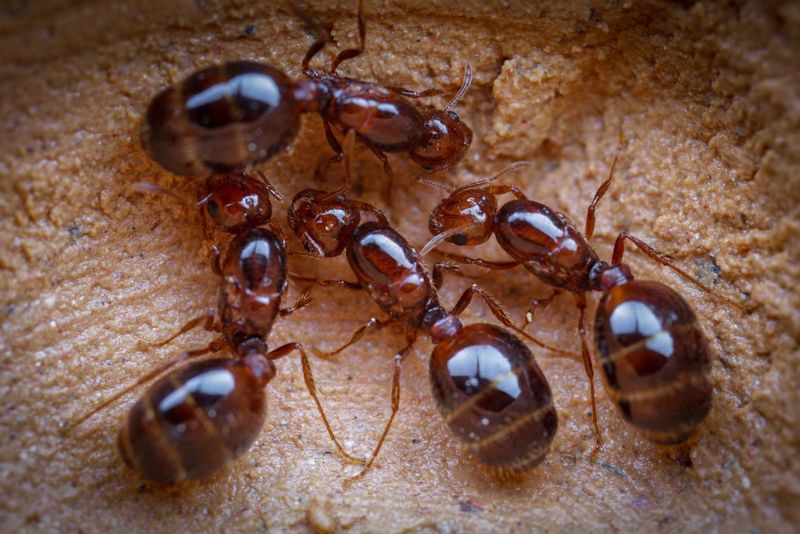
The Red Imported Fire Ant is notorious for its aggressive behavior and painful stings. Originally from South America, these ants have established colonies throughout the Southern United States.
Their sting results in a burning sensation and can lead to allergic reactions. In some cases, multiple stings can cause serious medical issues, including anaphylactic shock.
Fire ants build visible mounds in open, sunny areas like lawns and pastures. Disturbing these mounds can trigger an aggressive response from the colony.
Managing fire ant populations involves regular monitoring and using baits or insecticides. Reducing outdoor clutter and sealing home entry points can also help prevent infestations.
6. Arizona Bark Scorpion
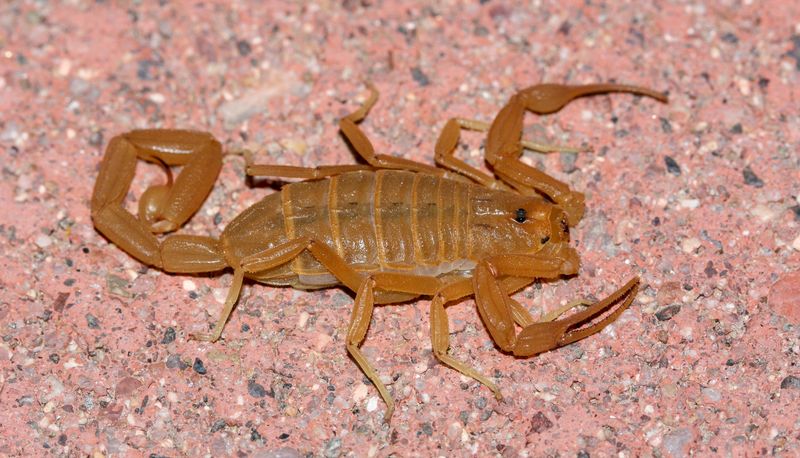
The Arizona Bark Scorpion is the most venomous scorpion in North America, residing mainly in Arizona’s arid regions. Its sting is highly painful and can be dangerous, especially to children and the elderly.
A sting from this scorpion can result in severe pain, numbness, and even temporary dysfunction in limbs. Quick medical attention is advised if stung.
These scorpions are nocturnal and often enter homes in search of shelter. They prefer cool, moist areas like bathrooms and kitchens.
Preventive measures include sealing cracks in home foundations and using scorpion deterrents. Being aware of their habitat helps in avoiding accidental encounters.
7. Africanized Honey Bee
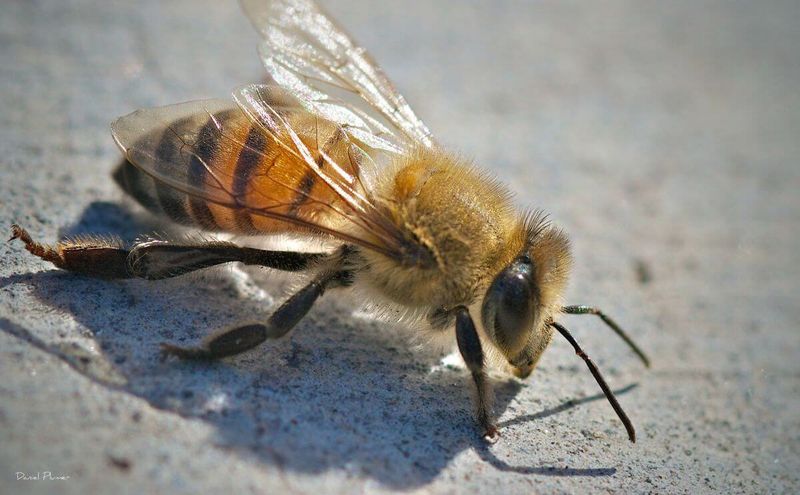
Africanized Honey Bees, often called ‘killer bees,’ are known for their aggressive behavior. Found in the Southern United States, these bees defend their hives with intense vigor.
Unlike typical honey bees, Africanized bees can chase perceived threats over long distances. Their stings are not more venomous, but the sheer number of stings poses a significant threat. They often nest in hollow trees, sheds, or attics.
Disturbing their hives can provoke a fierce attack, making awareness crucial in areas where they are prevalent. If you encounter a swarm, stay calm and move away quickly without flailing. Seeking shelter indoors can help avoid stings and reduce the risk of severe reactions.
8. Yellow Jacket
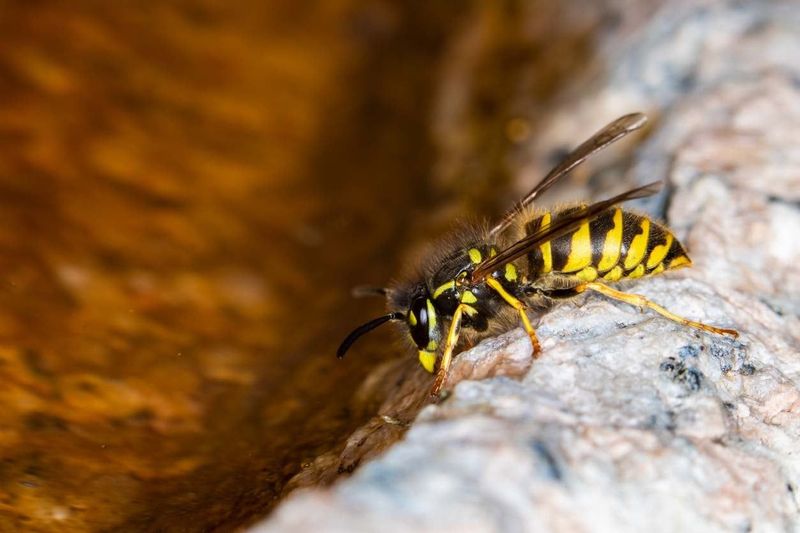
Yellow Jackets are social wasps notorious for their aggressive behavior, especially during late summer. Common across the Northeastern United States, they are easily provoked.
Their sting is painful and can cause allergic reactions. Unlike bees, Yellow Jackets can sting multiple times, increasing the risk of severe injuries.
They often build nests in ground cavities or wall voids, making them a hidden danger in outdoor areas. Their attraction to food can lead to close encounters during picnics or outdoor gatherings.
Preventing stings involves being cautious with food and drinks outdoors and avoiding wearing bright colors that attract these wasps. Professional removal is recommended for nests near human activity.
9. Giant Asian Hornet
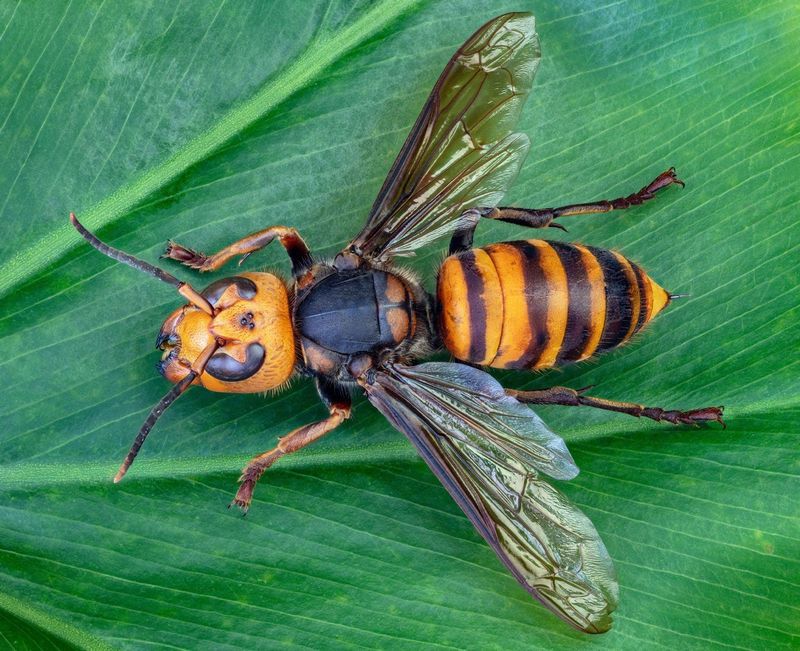
Also known as the “murder hornet,” the Giant Asian Hornet, has made headlines due to its large size and potent venom. Found in some parts of the Northwestern United States, they pose a threat to honeybees and, potentially, humans.
A sting from a Giant Asian Hornet is extremely painful and can be deadly, especially to those allergic to wasp stings. Their aggressive nature makes them particularly dangerous. They often form nests in ground cavities or tree hollows, and their presence around human habitats can be alarming.
Swift action is needed if a nest is discovered nearby. Protective measures include avoiding areas known to harbor these hornets and promptly notifying pest control experts if a nest is found. Public awareness can help mitigate risks associated with this invasive species.
10. Deer Tick
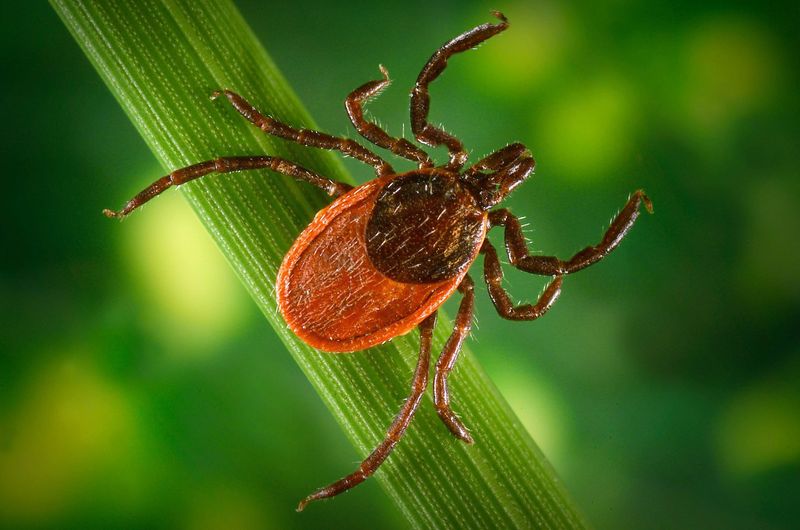
Deer Ticks, also known as black-legged ticks, are notorious for transmitting Lyme disease. Common in the Northeastern United States, they are primarily found in wooded and grassy areas.
A bite from an infected Deer Tick can transmit Borrelia burgdorferi, the bacteria causing Lyme disease, leading to symptoms such as fever, fatigue, and a characteristic rash.
Ticks are most active during the warmer months, and their small size makes them hard to detect. Thoroughly checking for ticks after outdoor activities is essential for prevention.
Wearing long sleeves, using tick repellents, and avoiding bushy areas can reduce the risk of bites. Early detection and removal are key to preventing Lyme disease.
11. Mosquito
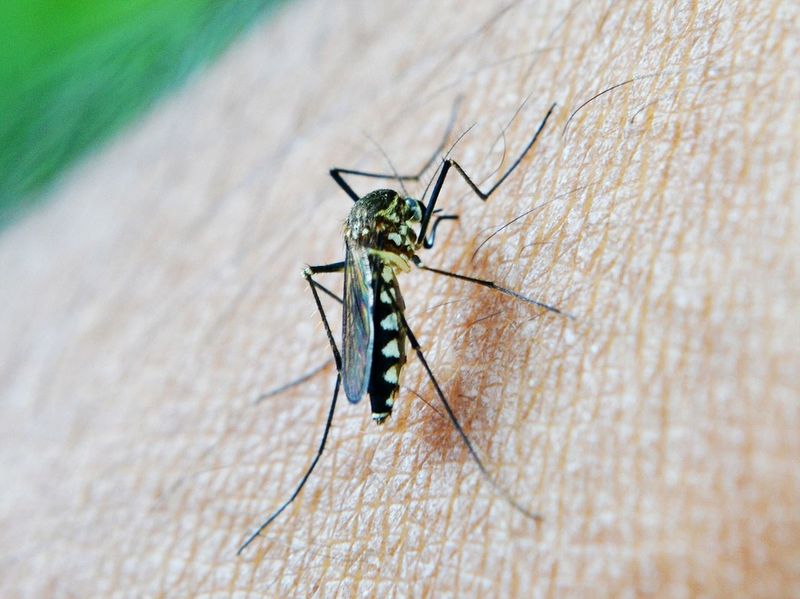
Mosquitoes are infamous for transmitting diseases such as West Nile virus, Zika virus, and malaria. Found throughout the Southeastern United States, these tiny insects are a significant health concern.
Female mosquitoes feed on blood, using their proboscis to pierce the skin. Their bites can cause itchy welts and, more importantly, transmit pathogens that lead to serious illnesses. Mosquitoes breed in standing water, making ponds, marshes, and even backyard puddles potential hotspots for infestations.
Eliminating stagnant water and using insect repellent are effective prevention strategies. Community efforts in mosquito control, such as educating the public and implementing eradication programs, are vital for reducing the risks posed by these insects.

